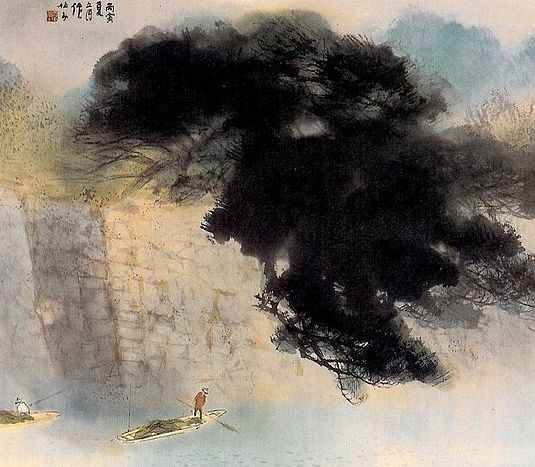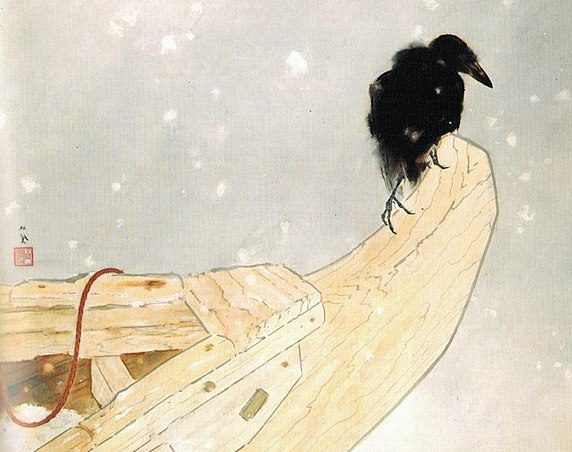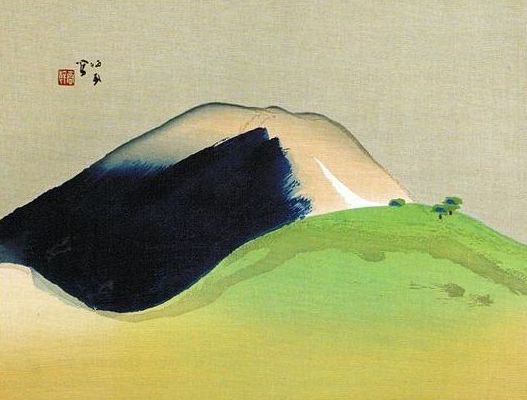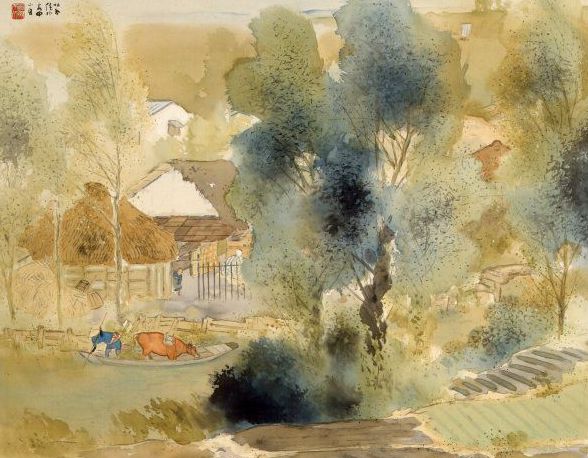Japan art and Takeuchi Seihō (1864-1942): Kyoto artist
Lee Jay Walker
Modern Tokyo Times

The Japanese artist Takeuchi Seihō (1864-1942) was born during the dying embers of the Edo Period. Hence, his world belongs to the Meiji, Taisho, and Showa periods of Japanese history.
Seihō was one of the pioneers of the Nihonga art movement. From a young age, he adored drawing. This spirit stayed with him throughout his distinguished life. Therefore, his artistic mind gained greatly from his teacher Kōno Bairei (Maruyama-Shijō School of Art).

The Museum of Art (MOA) says, “The art scenes in the mid-nineteenth-to-early-twentieth century Japan underwent a dramatic transformation, strongly influenced by the incoming European philosophy of art and new techniques in conflict with the mood for preserving traditional arts. This was the context in which Kyoto-based artist Takeuchi Seihō (1864–1942) developed his successful career. He was trained in the painting tradition of the Shijō school, and yet also developed skills in a wide spectrum of artistic expressions, from the Kano school to literati painting and European realism. His quest for new expressions culminated into his unique style, which stirred a revolution in the Kyoto painting circle.”

The above quote certainly rings true of the art of Seihō. Hence, his independent artistic spirit and the rich diversity of his art are noticeable. Therefore, he provided another dimension to the rich artistic traditions of Kyoto.
The Hiroshima Museum of Art says, “A Japanese-style painter of the Kyoto circle. He promoted the new manner of the Japanese-style painting with western realism. He is admired equally with Taikan, called ‘Taikan in Tokyo, Seiho in Kyoto’.”

Seihō wasn’t afraid to challenge himself artistically and this shines brightly throughout his art.

Modern Tokyo News is part of the Modern Tokyo Times group
DONATIONS to SUPPORT MODERN TOKYO TIMES – please pay PayPal and DONATE to sawakoart@gmail.com
http://moderntokyotimes.com Modern Tokyo Times – International News and Japan News
https://www.pinterest.co.uk/moderntokyotimes/ Modern Tokyo Times is now on PINTEREST
http://sawakoart.com – Sawako Utsumi personal website and Modern Tokyo Times artist
https://moderntokyonews.com Modern Tokyo News – Tokyo News and International News
PLEASE JOIN ON TWITTER
https://twitter.com/MTT_News Modern Tokyo Times
https://www.facebook.com/moderntokyotimes/ Facebook